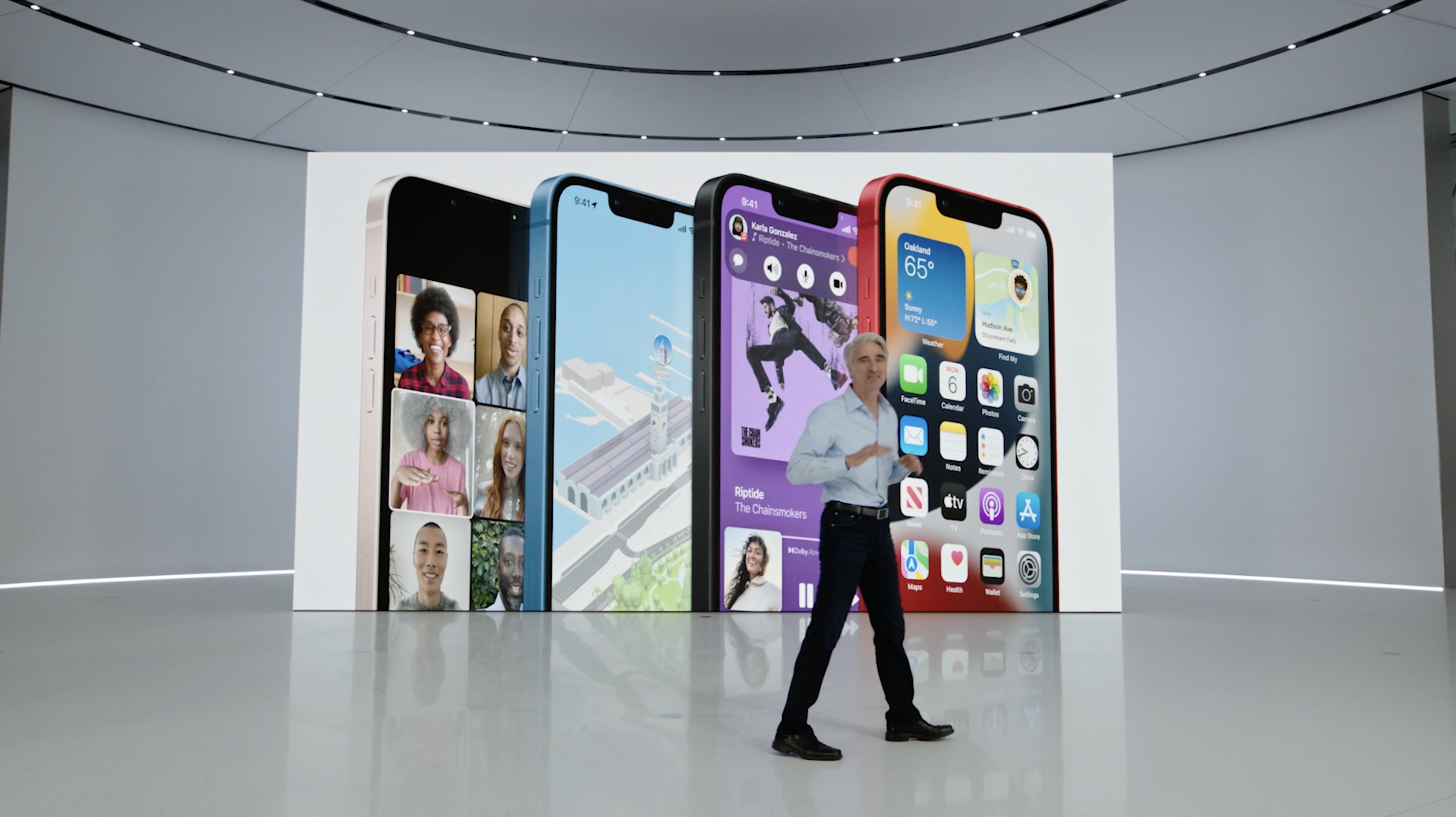iOS 16 supported devices — see if your iPhone makes the cut
There's a big surprise here for some older iPhones

The unveiling of an iPhone software update means finding out which phones are compatible with the new release. Such is the case with iOS 16, which Apple previewed at WWDC 2022 in advance of a public beta next month and a full release in the fall. And the official list of iOS 16 supported devices contains a surprising omission.
Apple didn't announce which phones will run iOS 16 during its WWDC keynote today (Monday), but the iOS 16 preview page on Apple's website does list all the models supported. And if you have an iPhone 7, you may be in for a big disappointment.
Apple says iOS 16 supported devices include the iPhone 8 and later — so basically, any Apple phone released since the fall of 2017. That includes the iPhone X, which came out the same year as the iPhone 8 and iPhone 8 Plus, as well as the second-generation iPhone SE, which arrived in 2020.
It also leaves the iPhone 7, released a year earlier than the iPhone 8, on the outside looking in. In a sense, that's a surprise as the iPhone 7 hadn't been included in the rumored list of devices that wouldn't get iOS 16 compatibility prior to WWDC. Then again, the iPhone 7 and iPhone 7 Plus will be 6 years old this fall, putting them at the outer edge of Apple's software support.
As expected, Apple is dropping support for the original iPhone SE, the iPhone 6s and iPhone 6s Plus — older phones that all ran iOS 15. The iPod touch won't get iOS 16 support either, which is no surprise given that Apple discontinued the music player earlier this year.
Here's the full list of iOS 16 supported devices.
- iPhone 8 and 8 Plus
- iPhone X
- iPhone SE (2020)
- iPhone XS and XS Max
- iPhone XR
- iPhone 11, 11 Pro, and 11 Pro Max
- iPhone 12 mini, iPhone 12, 12 Pro, and 12 Pro Max
- iPhone 13 mini, iPhone 13, 13 Pro, and 13 Pro Max
- iPhone SE (2022)
We're not including the iPhone 14 or iPhone 14 Pro as Apple hasn't announced either phone yet. But the models Apple does release in the fall will ship with iOS 16 already installed.
Get instant access to breaking news, the hottest reviews, great deals and helpful tips.
Note that even though all of the above phones are among the iOS 16 supported devices, they won't all be able to run every feature Apple has highlighted. Live Text and Visual Lookup already required phones with A12 Bionic processors — basically, the iPhone XR, XS and later. The new capabilities coming to those features — Live Text is now extended to video and you can lift the subject in Visual Look Up off its background for easier searching — are restricted to A12-powered iPhones as well. Similarly the on-device dictation features require an A12 Bionic phone.
iOS 16 adds accessibility features, too, and these require newer iPhones. Live captions on videos will work with the iPhone 11 and later, while a new door detection feature that helps the visually impaired needs either an iPhone 12 or iPhone 13.
Philip Michaels is a Managing Editor at Tom's Guide. He's been covering personal technology since 1999 and was in the building when Steve Jobs showed off the iPhone for the first time. He's been evaluating smartphones since that first iPhone debuted in 2007, and he's been following phone carriers and smartphone plans since 2015. He has strong opinions about Apple, the Oakland Athletics, old movies and proper butchery techniques. Follow him at @PhilipMichaels.

